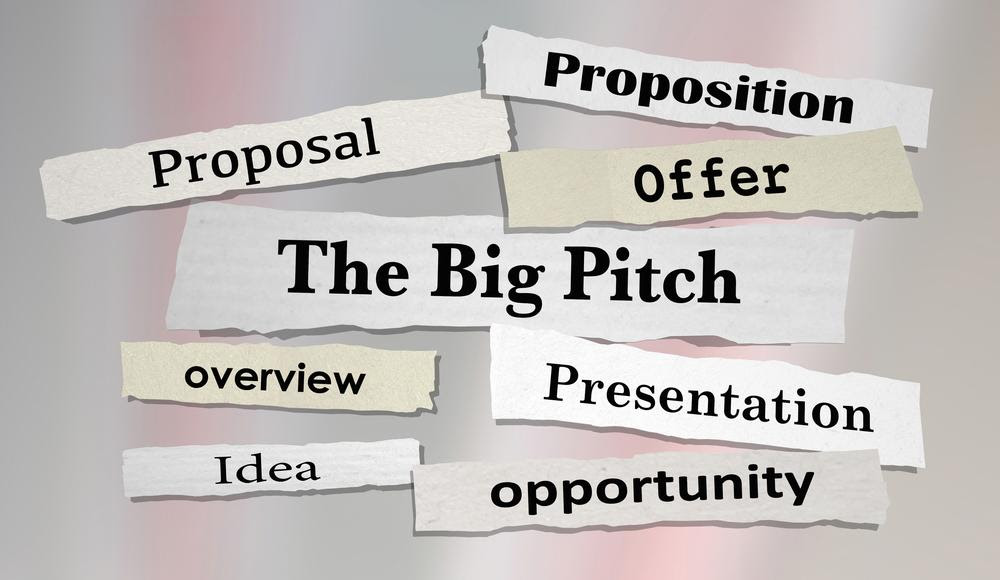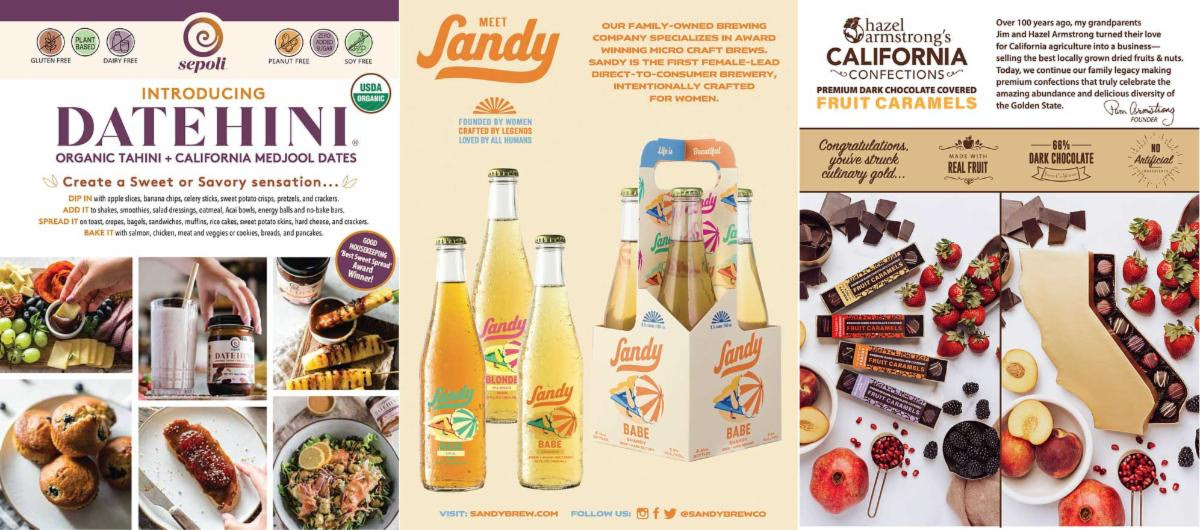
Sales & Marketing Materials You’ll Need to Launch Your Brand at Retail
Yikes! We’re on the 10th installment of Brand Strategy and Design! We hope you are enjoying this step-by-step journey to create a successful brand.
So far we’ve covered The Basics of Brand Strategy, Brand Positioning, Color Psychology, The Importance of Choosing the Right Fonts, The Benefits of Mood Boards, Namestorming, Food Photography, FDA Packaging Compliance, and Beer & Seltzer Can Design & Compliance – If you missed one, or need a refresher, find all of them on our blog.
Today’s topic focuses on Sales & Marketing Materials and what your retailers and distributors will require to launch your product.
Sales & marketing materials play a crucial role in effectively conveying a product’s value proposition and driving customer interest.
- Pitch Decks are crucial at the beginning of the sales cycle and are vital for presenting a brand to potential investors and partners, summarizing its value, market opportunity, and financial projections in a visually compelling manner.
- Sales Sheets provide a concise overview of a product’s features and benefits, aiding founders in marketing and sales efforts.
- Product Spec Sheets provide retail buyers or distributors with vital product information.
- New Customer Forms help businesses collect essential details, streamline onboarding, and meet legal requirements.

Why you need an awesome pitch deck!
A pitch deck serves as a powerful tool for conveying key information, building interest, and securing support or funding for your business venture. A well-constructed pitch deck should be clear, persuasive, and visually engaging. While you could use a stock template in Powerpoint, hiring a professional to make this look amazing will pay off in spades.
A well-structured pitch deck is typically 10-20 slides. Each slide should support the overall narrative and help your audience understand the value proposition and potential of your brand. It’s important to customize your pitch deck to your specific audience and objectives, whether it’s a pitch to investors, partners, or retail buyers.
Sections should include:
Problem Statement, Solution, Market Opportunity, Competitive Analysis, Marketing and Sales Strategy, Your Team, Financial Projections, Funding Ask, Use of Funds, Milestones and Timeline, Conclusion and a Call to Action.

What is a sales sheet, and why do you need a good one?
Once a product is ready to be launched at retail, there are a series of documents that food and beverage founders need for retail sales. A Sales Sheet, or sometimes referred to as a One Sheet, is the first thing you’ll need. Sales Sheets effectively communicate the key features and benefits of a product to potential retail buyers, distributors, or customers.
They should include high-quality images of the product, showcasing its design, packaging, and overall appearance. Visuals are crucial for capturing attention. On the back, Nutrition facts, ingredients, allergen statement, and UPC code for each product should also be included. Lastly, clear contact information, website and social media. QR codes have also been popular lately and provide a quick and easy way to link to the website for more information.
Print versions can be distributed at trade shows and sent with samples to buyers. Digital versions can be emailed to retail buyers and posted on your website. It should not contain any pricing or proprietary information as it is for public consumption.
Product Spec Sheets
Product specification sheets serve as a centralized reference for everyone involved in the sales process. They include product weight, dimensions, UPC codes, palette configuration, shelf life and pricing displayed in a table or chart. The spec sheet also includes lead time, terms and shipping information.
It is common to have more than one spec sheet for distributors vs. direct to a retailer due to the fact that different information is required.
Spec sheets are not public documents, because they include proprietary pricing information.
New customer forms
A new customer form, also known as a customer registration form, is a document or digital form used to collect essential information from retailers who are new purchasing customers.
The purpose of this form is to gather pertinent details about the customer, which can be used for setting up an account, obtaining banking information, and establishing a contact point for communication.
If you’ve ever set up a new account with a company, chances are you’ve filled out a new customer form!
In summary, these materials collectively serve as essential tools for brand success, from investor relations, to product promotion, to customer management.
It’s so exciting to launch a new brand or product. Let us know if we can be of any help!